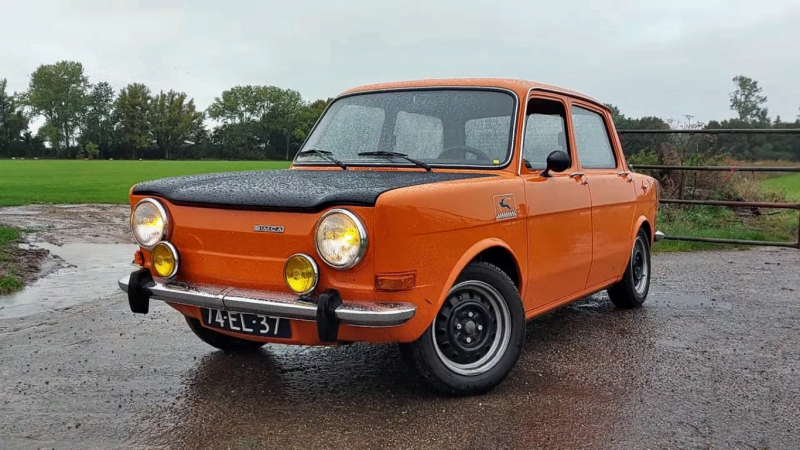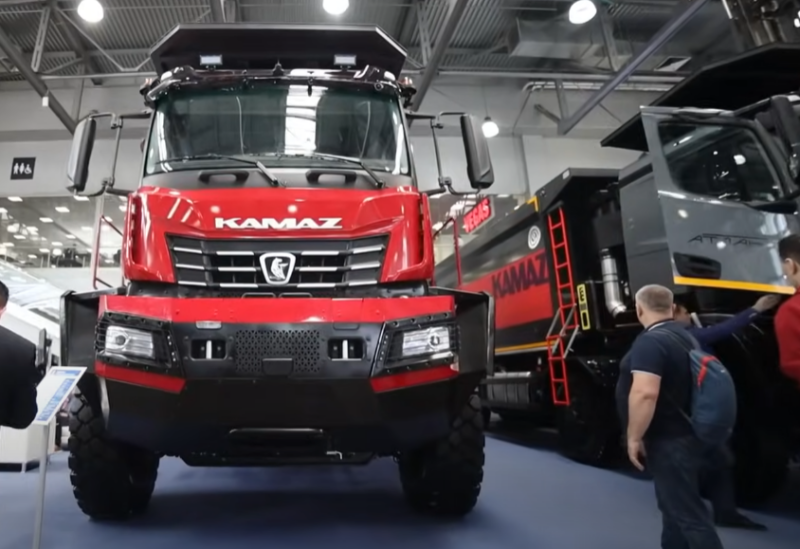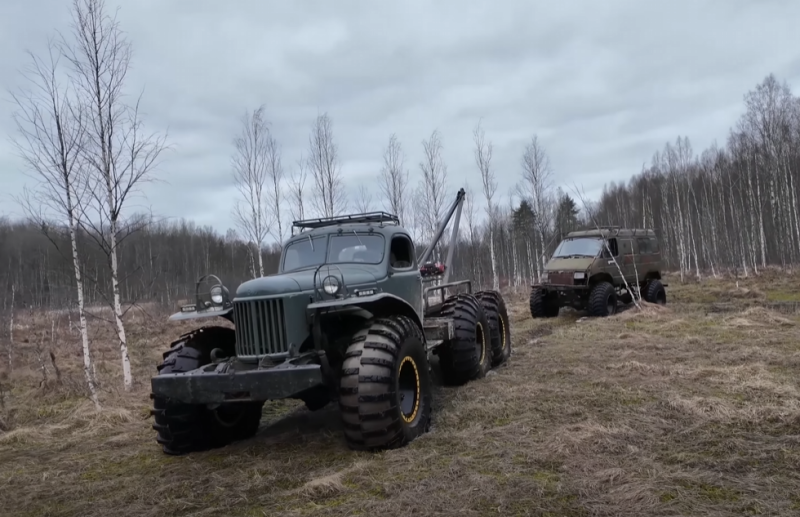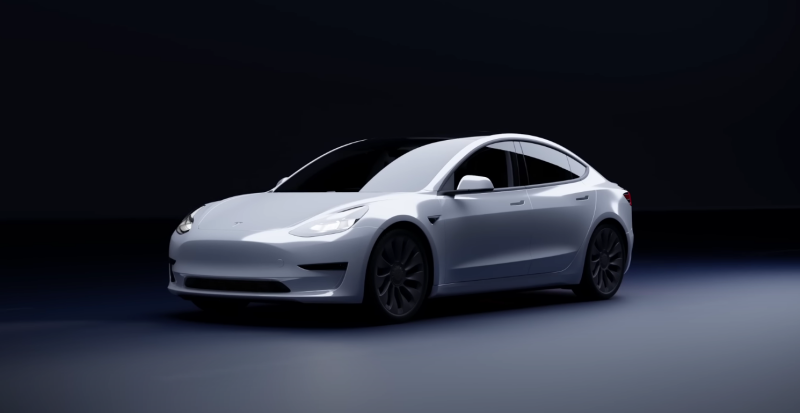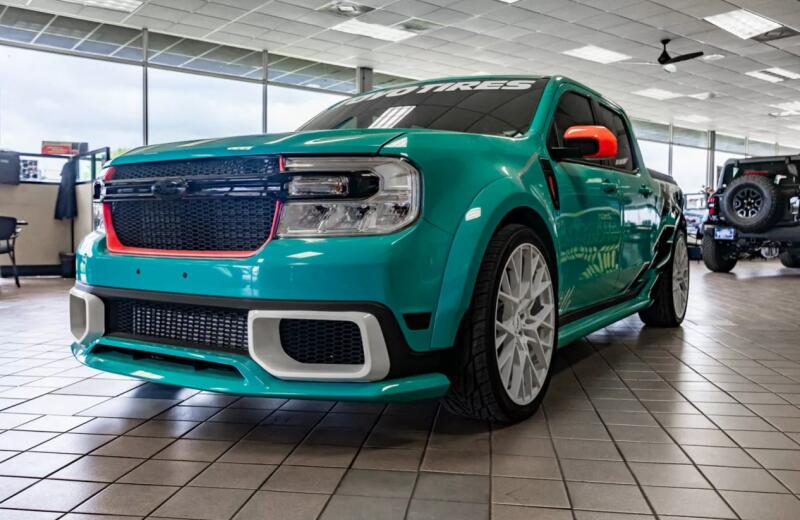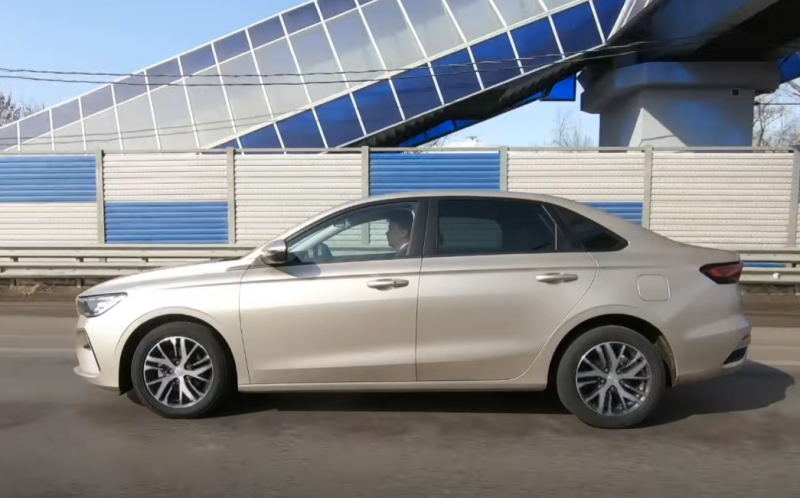Simca (Societe Industrielle de Mecanique et Carrosserie Automobile) was born in November 1934 thanks to Italian businessman Henri Teodoro Pigozzi. It was he who took over the plant of the former Donnet car company and had connections with Fiat. The latter allowed Simca to produce under license the 508 Balilla, 518 Arditta, and then the 500 Topolino.
 1000 Simca 1962 car. Photo: youtube.com
1000 Simca 1962 car. Photo: youtube.comSimca's first own models appeared in the second half of the 40s, although their design clearly showed the influence of pre-war Fiats. A fundamental turning point can be considered the Aronde, which had a completely new type of pontoon hull. In fact, this is the first of a series of successful cars developed in-house by Simca.
Building on Simca's success
In our small selection, we will focus on the company's models that offered their drivers a unique experience. Or, on the contrary, they could boast of an interesting design or commercial success. In the end, nostalgia and memories of cars that could be found on the roads of many European countries remained.
The French automaker entered the 60s with the Simca 1000, betting on the then very popular concept of rear suspension. The car, introduced in 1967, was then among the pioneers of mounting the power unit at the front transversely above the axle. And the gearbox was located next to the engine on the axis of the crankshaft.
Since the late 50s, the company acquired shares of the Chrysler concern, and in 1970 it took full control of it. Since that period, the name has been renamed Chrysler France. At the end of the next decade, cooperation with Matra began to develop, bringing a number of interesting models.
 Car Simca 1100 ES (1976). Photo: youtube.com
Car Simca 1100 ES (1976). Photo: youtube.comBut already in that decade, organizational changes came that brought the end of the popular brand closer. In 1979, it was bought by PSA, which initially renamed the cars Talbot-Simca. However, soon the second part completely disappeared from the name, and its last development was the future Peugeot 309. Let's together trace the interesting milestones of the manufacturer, which has become part of the history of the global automobile industry.
Great sports car for rally
Simca 1000 Rallye is a sports version of the small sedan of the same name with a rear engine. The 3,8 m long car (as opposed to the base model offered since 1961) was only released in the early 70s and followed modifications proposed by the Italian Abarth. Following the fashion of those years, it was endowed with several iconic details:
✅ black hood
✅ black stripes on the back
✅ additional lights
✅ three-spoke steering wheel
Another confirmation of the status are the sports seats in the front. The car's chassis boasted disc brakes on the front axle, and a fast ride was guaranteed by an engine with the following characteristics:
✅ four-cylinder
✅ working volume 1,1 l
✅ power 39 kW (53 hp)
The Simca 1000 Rallye attracted attention and the car company decided to exploit its potential. Thanks to this, an improved power unit was moved to the rear of the sedan. This is a 1,3-liter engine whose power in the Rallye 1 version was 44 kW (60 hp).
The next Simca 1000 Rallye 2, produced from 1972 to 1978, already offered 60 kW (82 hp) power from the same displacement and had disc brakes on the rear axle. It also differed from its predecessor in the location of the radiator in the nose and the associated modification of the front end with a classic mask framed by rectangular headlights.
 Simca 1000 Rallye 1 1975. Photo: youtube.com
Simca 1000 Rallye 1 1975. Photo: youtube.comThe last version was Simca 1000 Rallye 3 from 1978. Its four-cylinder 1,3-liter engine with 76 kW (103 hp) produced a top speed of just over 180 km/h. However, the automaker produced only a little over a thousand of these cars.
Further development of the company's model line
The Simca 1300 was first presented to the public in 1963 at the Geneva Motor Show as the successor to the popular Aronde model. The new product attracted attention thanks to its simple and, at the same time, elegant four-door body with rich interior glazing. Here are its main characteristics:
✅ length - 4,24 m
✅ classic concept: front engine and rear wheel drive
✅ 1,3-liter four-cylinder engine
✅ power – 38 kW (53 hp)
The power unit was paired with a four-speed manual transmission. Good sales prompted the manufacturer to move on. In 1964, the offer was expanded with the Simca 1500 model, which had a 69-horsepower engine of increased volume under the hood. With its help, the four-door sedan could reach a top speed of 150 km/h. In the same year, the Simca 1500 Break station wagon appeared.
Just two years after the release of the more powerful version, the elegant sedans and station wagons were modernized. The result was a change in designation to 1301 and 1501, respectively. The second, above all, was distinguished by the lengthening of the body to 4,46 meters with a new design of the nose and rear, where the original round lights were replaced by rectangular ones.
 Simca 1301 Special, similar to our Moskvich. Photo: youtube.com
Simca 1301 Special, similar to our Moskvich. Photo: youtube.comThe cars, which focused primarily on comfort, were kept in shape through light modifications in subsequent years. For example, for the 1970 model year, versions 1301 and 1501 Special were prepared with the following changes:
✅ additional lights
✅ slightly increased engine power
✅ new dashboard with round instruments
Their production ceased in 1976, but the cars even reached the markets of Eastern Europe. And the company moved on. In 1975, the exhibition premiere of Simca 1307/1308 took place at the Paris Motor Show. For its time, it was a very modern car, attracting attention primarily with its design and body. New technologies in the form of transversely mounted engines were also considered an additional advantage.
The 4,24-meter design won the title of "European Car of the Year 1975/1976" and was offered with various powertrain variations. All versions use a four-speed manual transmission. Everything seemed to be going well; no one could have imagined what the next decade would bring.
Organizational changes that predetermined the end of the brand's history
Simca enjoyed unprecedented commercial success with the 1307/1308 range in the second half of the 70s. But North American Chrysler, which owned the French brand, ran into financial difficulties and sold it. PSA became the new owner of the brand in 1978.
 Simca 1307 is one of the latest models of the brand. Photo: youtube.com
Simca 1307 is one of the latest models of the brand. Photo: youtube.comThanks to this, already in the early 80s, the one-man Simca became a thing of the past. In its place is the updated name Talbot. The 1307/1308 model series was replaced in 1980 by the Talbot-Simca 1510 and then by the Talbot 1510, from which the Solara sedan was derived. So, very simply, the new managers abolished the brand, which until recently had been successfully sold in the markets of many European countries.
